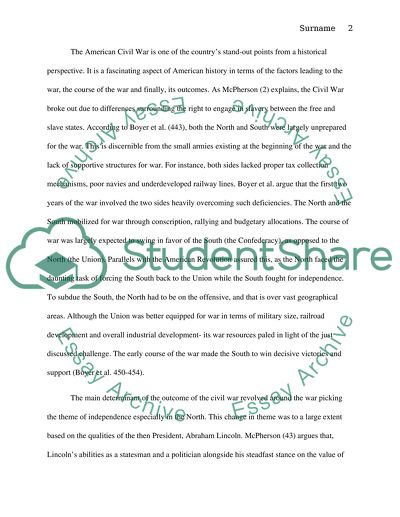Cite this document
(“The American Revolution, Civil War and Reconstruction Essay”, n.d.)
Retrieved from https://studentshare.org/history/1440825-us-history
Retrieved from https://studentshare.org/history/1440825-us-history
(The American Revolution, Civil War and Reconstruction Essay)
https://studentshare.org/history/1440825-us-history.
https://studentshare.org/history/1440825-us-history.
“The American Revolution, Civil War and Reconstruction Essay”, n.d. https://studentshare.org/history/1440825-us-history.


